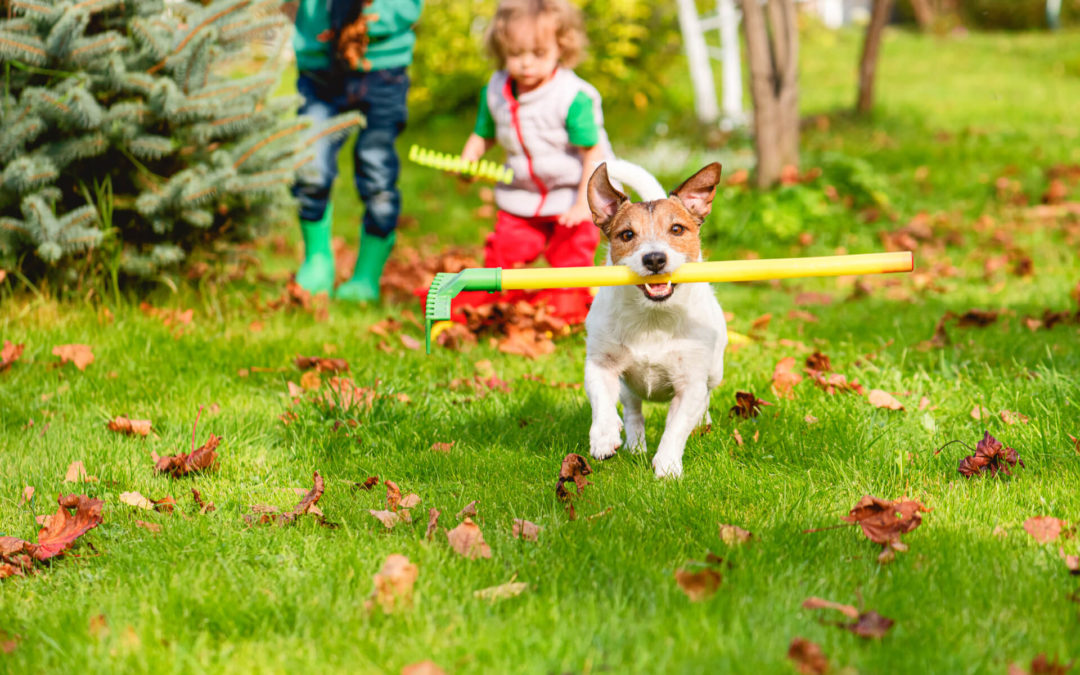Winter is a vacation from lawn care. Right? Once the leaves are cleared, fertilizer is spread and the final lawn mowing is done, you have nothing to worry about when it comes to your lawn. Right? Nope. Winter lawn damage is a common problem, but it doesn’t have to be.
THE TYPES OF DAMAGE WINTER CAN DO TO YOUR LAWN
Your North Texas lawn can suffer a few problems during the dormant, winter months.
- De-icing products that contain salt can cause functional drought to your grass. This hinders the grass from absorbing nutrients, creating dead or bare spots in the lawn.
- Crown hydration happens when warm weather is followed by a rapid freeze. The water can expand and freeze within the grass, killing the crown. This is most common in early and late winter when temperatures tend to fluctuate more often.
- Another common cause of winter harm to lawns is snow mold. This is a lawn fungus that grows and spreads on wet, matted grass. The mold will appear in patches. Water-soaked areas can develop a white, pink, or gray mold. Pink is the more serious of the three molds.
- Winter lawn can be invaded by voles. Voles are small, ground-dwelling rodents. They can be known as field mice or meadow mice. Adults measure about 5-7” long. Voles will make runways under the snow or grand-cover and ravage a lawn. They chew at grass and the roots, leaving behind narrow bands that have been completely eaten away.
HOW TO LESSEN DAMAGE THROUGH WINTERIZATION
There are ways you can care for your lawn in the fall that can serve as damage prevention for the winter months. Getting ahead of winter lawn problems is always the best plan of action.
- Avoid using salt on your walkways or driveway. Instead, purchase ice melting agents made with sodium chloride alternatives such as calcium chloride. Also, keep snow piles or snowmelt that contains deicing product off of turf areas to avoid leaching into the soil.
- Crown hydration is nearly impossible to prevent when the conditions present themselves. The best defense is offense…properly care for your lawn throughout the growing season. Keep it hydrated, nutrient-rich, and well-groomed. A healthy lawn aids in recovery after any winter damage.
- For snow mold, prepare the lawn in the fall by raking up leaves or any debris. Also, avoid using any nitrogen-heavy fertilizers because nitrogen can feed the fungus. For the final lawn mowing of the season, keep the grass short to prevent any matting. Aeration will help; it loosens the soil and reduces thatch, providing better air circulation
- Fortunately, vole damage will usually resolve itself as your spring lawn grows and spreads. But, keeping a clean yard, short grass and trimmed plants will deter voles from moving in.
Keep Your Landscaping Prepared for Spring with Executive Lawn Care
Winter can be tough on your Dallas lawn. Whether it is lawn damage from voles, snow mold, salt or crown hydration, Executive Lawn Care has decades of experience, lawn care professionals, and professional knowledge to tackle any lawn care issue.
Executive can handle lawn mowing, edging, trimming, and blowing as your regular routine then step it up for additional lawn care needs. We can help you winterize your lawn. Our expert technicians can customize a plan for your lawn care needs, season by season, to ensure a beautiful lawn.
Contact us today to get your residential property on our calendar.



Recent Comments